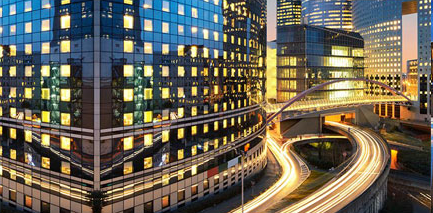Data Room Design and style Essentials
Data area design is known as a complex process that will need a good knowledge of organizational requirements and service infrastructure ingredients. Creating a powerful approach allows you to determine whether your current floors layout is applicable for your business and what options will probably be most appropriate to your future growth plans.
Typically, data centers have been designed with raised floor surfaces and BANCARROTA units to deliver air in computer rooms. This system did the trick fine during the past, but technology advances demands much better chilling performance and efficiency.
Heat range Control Technique & Sizzling Aisle Containment
In the classic mainframe and tape storage eras, restricted temperature control was common in pc rooms. Generally, this control is peaceful or eradicated cloud storage vs virtual data room in modern info centers to optimize operation and energy savings.
Outside Oxygen Economizers
Although ASHRAE Common 90. 1 does not currently require outdoors air economizing, many conveniences do so to enhance their overall strength efficiency. This kind of reduces the overall dehumidification masse by removing humidified outside air and replacing this with dry out air through the economizer, which is somewhat more efficient in delivering cooled indoor fresh air.
Racks And Air Distribution
The layout of racks may have a significant influence on air division. A high level of flexibility in denseness is possible if ducting systems and surroundings handlers are properly sized to accommodate racks, hosts and other tools.
Floor and Ceiling Tiling
A stylish floor tiling method provides good airflow and directionality, particularly in data centre designs with raised flooring surfaces. Misalignment of the tiling program, particularly for increased floors, can easily impede air flow and result in increased energy use and repair.





